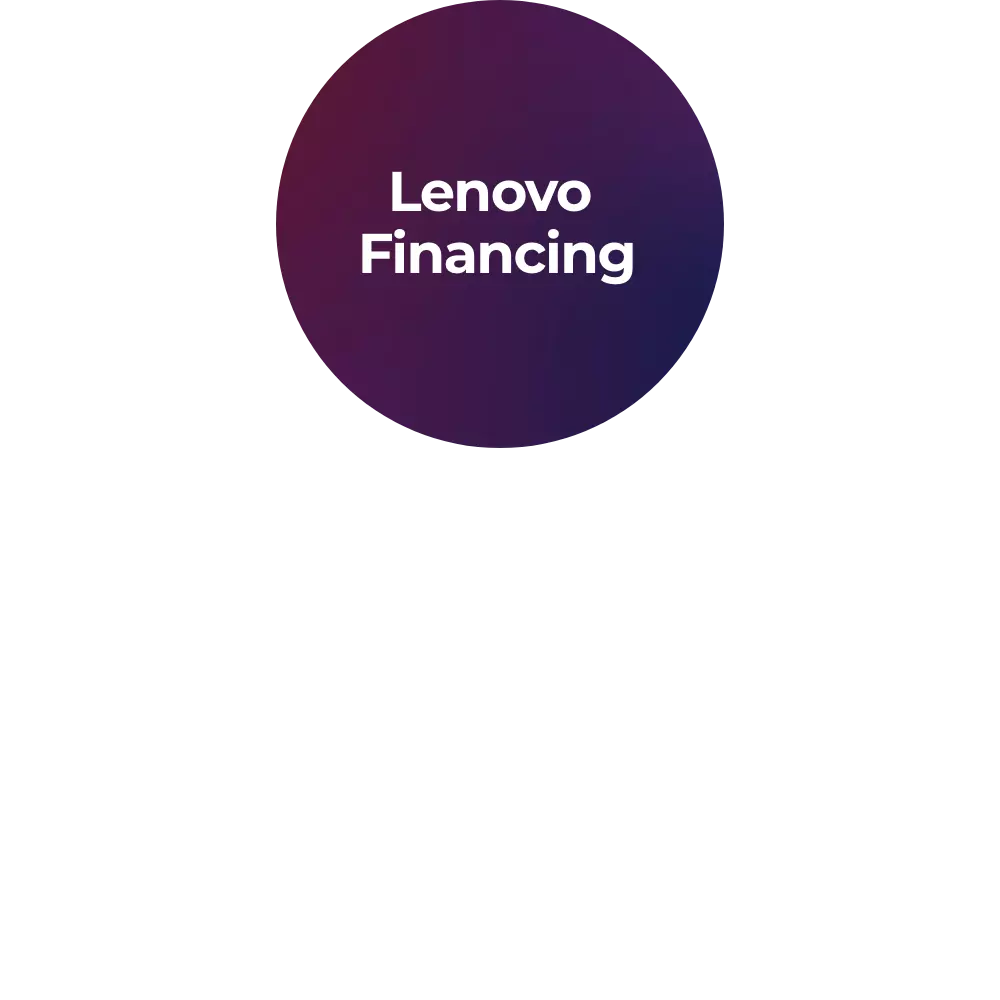What is a subsidiary?
A subsidiary is a separate legal company owned or controlled by another company, called the parent company. Even though the parent owns it either fully or through a majority stake, the subsidiary operates with its own finances, contracts, and legal responsibilities. Companies use subsidiaries to manage specific products, regions, or services while keeping operations flexible and reducing legal or financial risk.
Why does one company have so many subsidiaries in tech?
Tech companies use subsidiaries to isolate risk, segment business units, or expand into different sectors without affecting the parent company directly. You might see one subsidiary managing hardware while another handles software platforms. This allows better focus, specialized hiring, and financial separation. As a developer or engineer, your job could involve interfacing with multiple internal companies under one corporate umbrella.
How can I tell if a service belongs to a subsidiary?
Check the terms of service, domain registration, or company footer. Tech services often list the legal entity that operates them, which might be a regional or specialized subsidiary. This matters when working with contracts, billing, or user agreements. As a developer, it's useful for determining data jurisdiction, service levels, or support ownership.
How is a subsidiary formed by a parent company?
A parent company forms a subsidiary by registering a new legal entity and acquiring full or majority ownership of its shares. This new entity operates independently but remains under the control of the parent. The formation allows the parent to manage specific functions, projects, or regions separately while maintaining strategic oversight. It's a flexible way to expand operations without merging everything into one company.
Can a subsidiary own its own assets and property?
Yes. A subsidiary is a separate legal entity, so it can own property, hold bank accounts, enter contracts, and be sued or sue in its own name. This structure is helpful for liability protection and operational independence. If legal or financial issues arise, they usually affect only the subsidiary, not the parent company directly.
Why do some subsidiaries operate under different names?
Some tech subsidiaries use different branding to serve niche markets, test products, or localize better. For example, an AI research subsidiary might use a unique identity to stand out in academia. As a tech professional, you may engage with them without realizing they're part of a larger corporation. Tracing that connection helps when navigating support channels, technical docs, or partnership deals.
Can subsidiaries affect how products are tested or released?
Yes. Subsidiaries may manage product testing in specific regions or industries. A beta release might go through a local subsidiary for compliance testing, user feedback, or market validation. This affects your release pipelines, versioning strategy, and localization workflows. Being aware of these structures helps when coordinating deployment timelines and gathering metrics from distributed teams.
Do subsidiaries manage internal tools or platforms?
Yes. Some subsidiaries are responsible for building or maintaining internal tooling. This could include CI/CD systems, dev environments, or customer portals used across the company. These tools might be branded differently or live on separate domains. Knowing a subsidiary owns a tool helps when requesting support, contributing to its codebase, or aligning on security updates.
Do subsidiaries handle their own security policies?
Sometimes. While parent companies usually enforce global security standards, subsidiaries can adapt them to local requirements. This might include different encryption mandates, data handling protocols, or access controls. If you're managing DevSecOps pipelines or user data systems, you'll need to align with the specific subsidiary's rules, especially in high-compliance areas like healthcare or finance.
Why does billing sometimes reference a different company name?
That name usually belongs to a subsidiary managing the billing system or payment processing. In global tech companies, billing entities are often legally distinct for tax and financial reasons. If you're integrating payment APIs or generating invoices, it's useful to understand which entity you're dealing with to ensure compliance and avoid customer confusion.
How does a subsidiary structure help with faster innovation?
Subsidiaries give companies the freedom to explore products without affecting the core brand. These entities can iterate quickly, build prototypes, and pivot fast. As a developer, working in or with a subsidiary often means faster release cycles, more direct feedback, and less red tape than you'd find in a core business unit.
How do subsidiaries support localization in global software products?
Subsidiaries often manage translation, regional UI changes, and compliance for local versions of software. They gather user feedback, adjust features for cultural fit, and ensure regulatory alignment. If you're designing a global product, working with regional subsidiaries can provide insights and reduce the risk of launching a non-compliant or poorly localized version.
What types of businesses use subsidiaries?
Subsidiaries are used across many industries, including technology, manufacturing, finance, and media. Large corporations often create them to manage different products, services, or regional operations. Whether it's a software company launching a separate cybersecurity unit or a telecom firm handling services in another country, subsidiaries offer a structured approach to expansion.
Can a subsidiary go public independently?
Yes, a subsidiary can offer its own shares to the public through an IPO. When this happens, it becomes a publicly traded company, although the parent may still retain control through a majority stake. This strategy is used when the subsidiary is large or successful enough to attract investors on its own.
How is a subsidiary financially reported in accounting?
A parent company usually consolidates a subsidiary's financials into its own reports. This means the subsidiary's revenue, expenses, and assets are combined with the parent's numbers. However, the subsidiary still keeps its own books for legal and tax purposes. These separate records help maintain transparency and support regulatory compliance.
What happens if a subsidiary goes bankrupt?
If a subsidiary goes bankrupt, it is usually responsible for its own debts and liabilities. Since it is a separate legal entity, the parent company is generally protected from direct financial loss. However, if the parent has issued guarantees or shares resources with the subsidiary, there could still be consequences. Proper separation of operations helps protect the parent in such situations.
Can subsidiaries have different company cultures?
Yes, subsidiaries often develop their own distinct company cultures. Leadership styles, regional customs, and team values can vary significantly, even if the parent promotes unified branding. For example, a research-focused subsidiary may operate more casually than a regulatory or finance-based one. Understanding cultural differences is essential when collaborating across subsidiaries, especially in global teams or remote environments.
Can a subsidiary have its own board of directors?
Yes, subsidiaries often have their own boards that oversee operations, compliance, and strategic planning. While the parent company may appoint the members, the subsidiary's board is responsible for decisions affecting that specific business. This setup allows the subsidiary to remain flexible and responsive while still aligning with the parent company's goals and governance standards.
What happens if a parent company sells a subsidiary?
When a parent company sells a subsidiary, it transfers ownership to a different entity through a sale of shares or assets. The subsidiary may continue to operate under the same brand or become part of another company. Employees, contracts, and operational structures may also change. This process is often used to refocus strategy, reduce risk, or raise capital.













